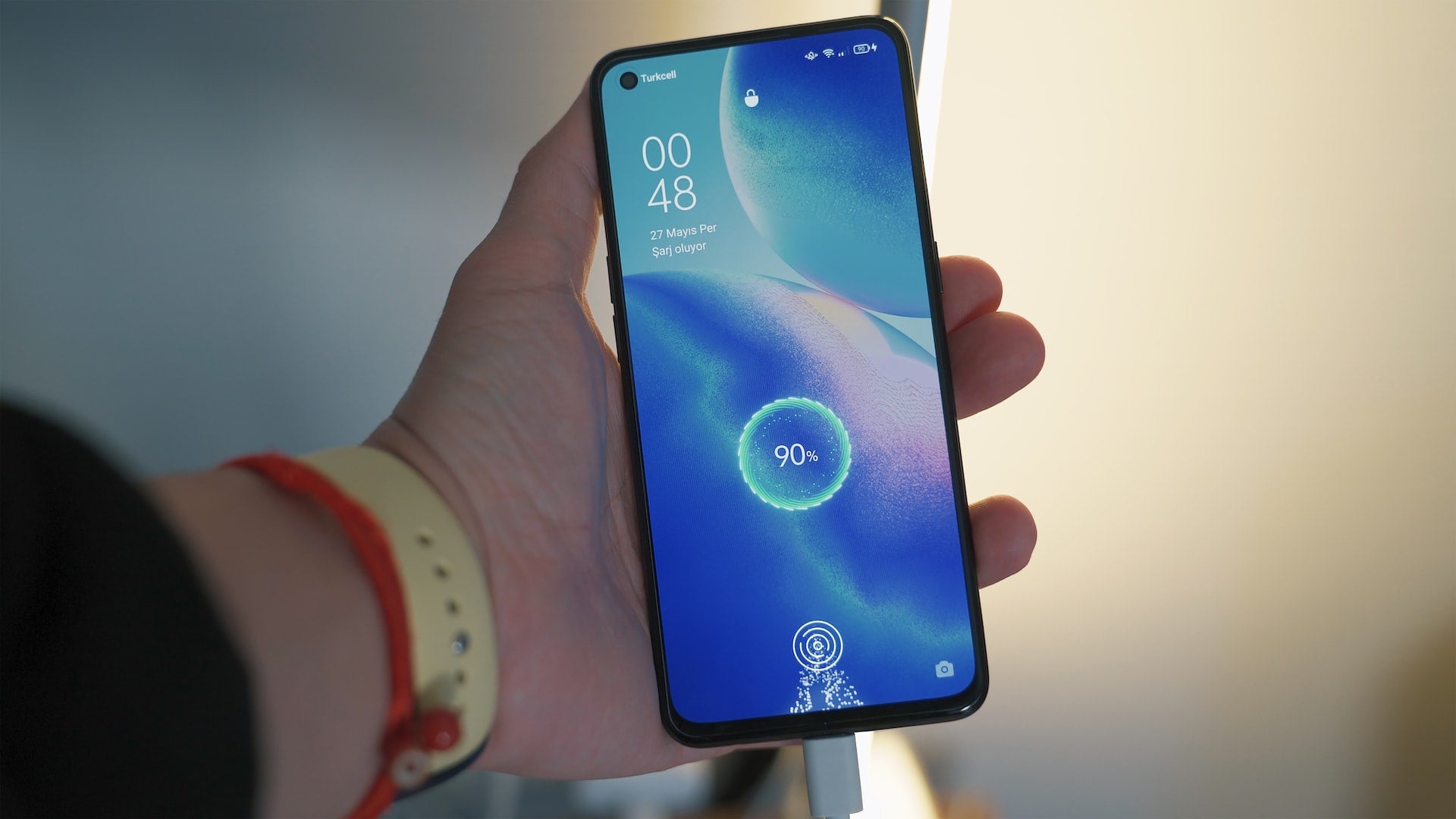As someone who lives their life on their smartphone, it's essential to keep the device charged and ready to go. But with so many different options for charging, it can take time to know the best method for your phone.
Most newer smartphones come with some form of fast-charging capability, whether it's built-in or an optional accessory. It's important to know that not all fast chargers are created equal. Here's a quick guide to help you understand the ins and outs of fast charging for your smartphone.
What Is Fast Charging?
When your phone is running low on battery, fast charging is the quickest way to top it back up. Fast charging technologies can deliver much-needed power to your device in a fraction of the time it takes to charge using a standard charger.
They are ideal for devices requiring frequent high-power charging, such as smartphones and tablets.
What Are the Types of Fast Charging Technologies?
1. Quick Charge
The most common fast-charging technology works with devices with a Quick Charge port. Devices that use Quick Charge can be charged up to 50% faster than standard charging methods.
2. Rapid Charge
Rapid Charge is a faster type of Quick Charge that works with devices with a Rapid Charge port. Rapid Charge can be charged up to 75% faster than standard charging methods.
3. Power Rapid Charge
Power Rapid Charge is the fastest type of Quick Charge and works with devices with a Power Rapid Charge port. Devices can now be charged up to 100% faster than standard charging methods.
What Are the Pros and Cons of Fast Charging?
Fast charging has many pros and cons, depending on the user's situation. Frequent travellers may prefer fast charging as it allows them to stay connected while on the go. It also allows for more rapid battery recharging, which is especially beneficial for users with long battery life requirements or using their devices for multiple tasks.
However, fast charging can also damage batteries if not used correctly. Awareness of the safety risks associated with over-charging batteries is essential.
Additionally, fast charging can cause devices to heat up, which may be harmful if done excessively. One way to reduce the risk of overheating during the fast charging process is to use a quick charge charger that offers temperature control insulation.
What Are the Tips When Using Fast Chargers?
- Make sure the charger is compatible with your device.
- Be mindful of the temperature. Fast chargers can generate heat, so it’s essential to make sure the charger is not too hot to the touch.
- Don’t use the fast charger for extended periods. If you’re using your device for long periods, it’s best to stick to a standard charger.
- Keep an eye on the battery level. Fast chargers can cause the battery level to fluctuate, so it’s essential to keep an eye on it and unplug when it reaches 100%.
Conclusion
Smartphone users need to know about fast charging technology to get the most out of their devices. It's important to remember that not all smartphones can charge quickly, and not all chargers can charge at the same speed. But if you know about the different fast-charge types and choose a charger that works with your device, you can ensure that your smartphone lasts as long as possible.
Are you looking for a fast charger for your Galaxy S21 Plus? Mobilebeat is here for you! We have a wall charger w/ USB-C and USB-A ports designed to charge your mobile device safely and quickly. We also offer universal phone cases with various stylish designs while providing protection. Visit our product page today to learn more!

